Liverpool, Birkenhead, and the Mersey
Welcome to Scouseland!
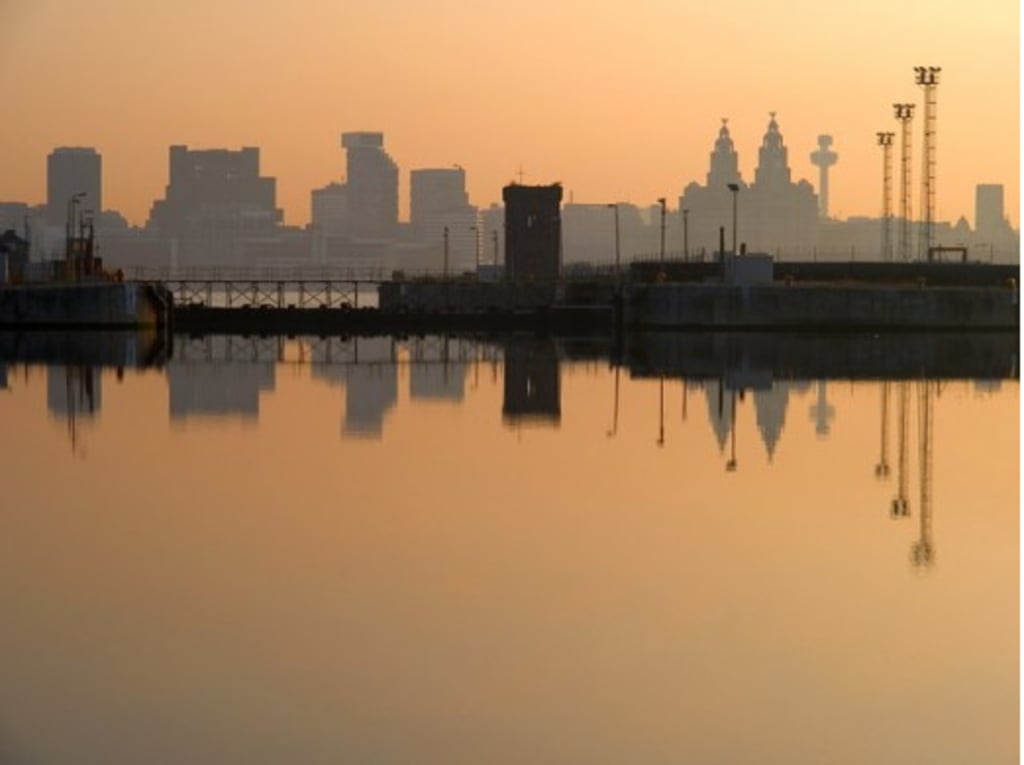
Liverpool is a world city, famous for its port, native wit, football, music, and culture. Birkenhead is essentially part of the same city, although (like Buda and Pest) separated by a river (the Mersey in this case) It is, nevertheless, connected by two tunnels, the ferry, and a unique culture.
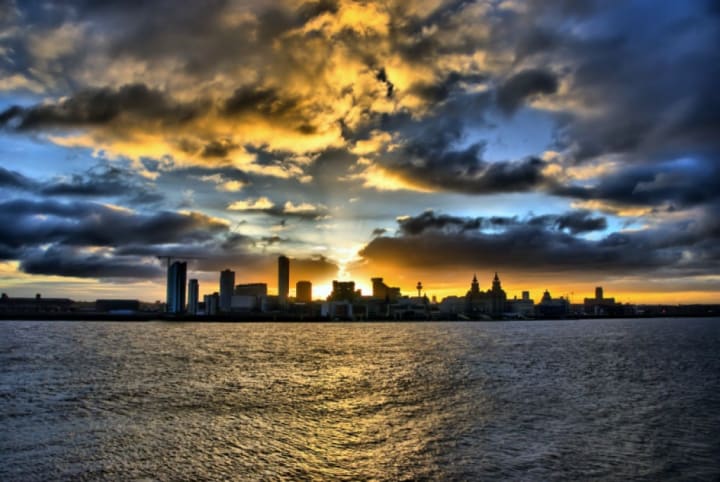
Liverpool from the Mersey
Liverpool: A World Apart
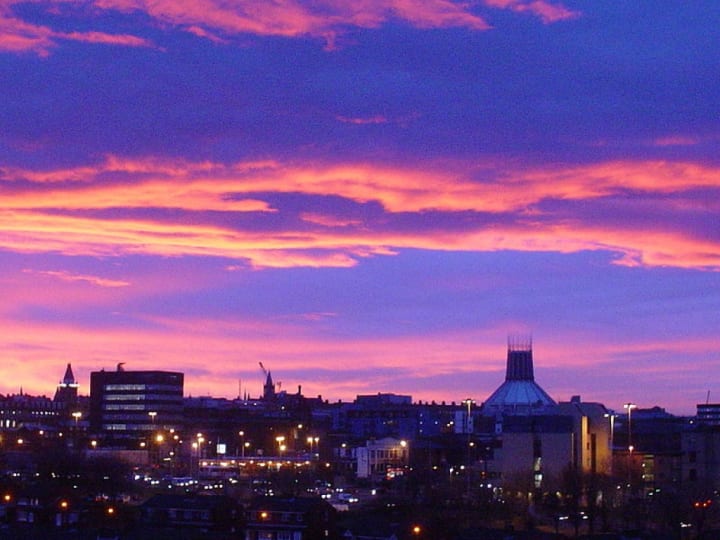
There has been some sort of settlement on the banks of the Mersey for over a thousand years, with its inhabitants repelling the advances of both the Romans and the Vikings. This may go some way to explaining Liverpool's reputation for being tough and strangely insular (especially for a port city).
Lingo
It really is a place apart with its own customs, culture, and accent. One need only travel a mile or two out of the city to realise this: St Helens, a town just a few miles to the north-east, not only has a different accent, but the colloquial word "moggy" means "cat" in Liverpool and "mouse" in St Helens!
To the east is Manchester, another great metropolis, and the 'Pool's greatest rival, whilst to the south is Wales, another country, language, and culture altogether.
Oddly, it is to the west, over Liverpool Bay and across the Irish Sea that we find a people that have a greater affinity with the Scousers than the rest of the English — the Irish of course!
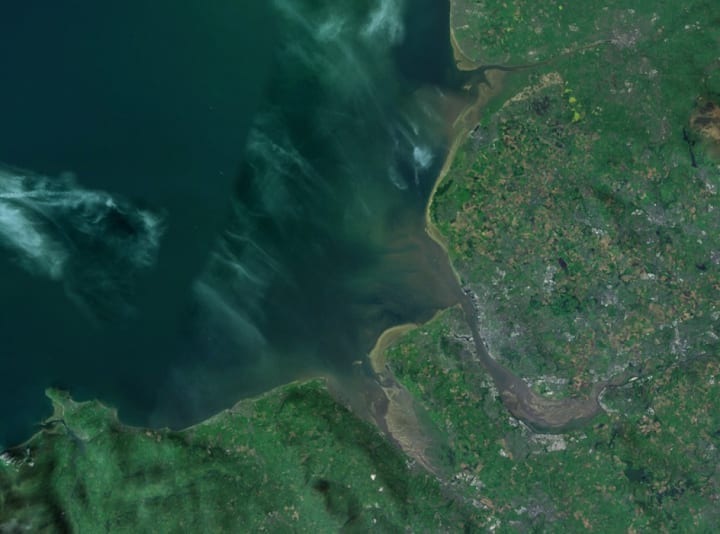
Liverpool Bay
Scouse
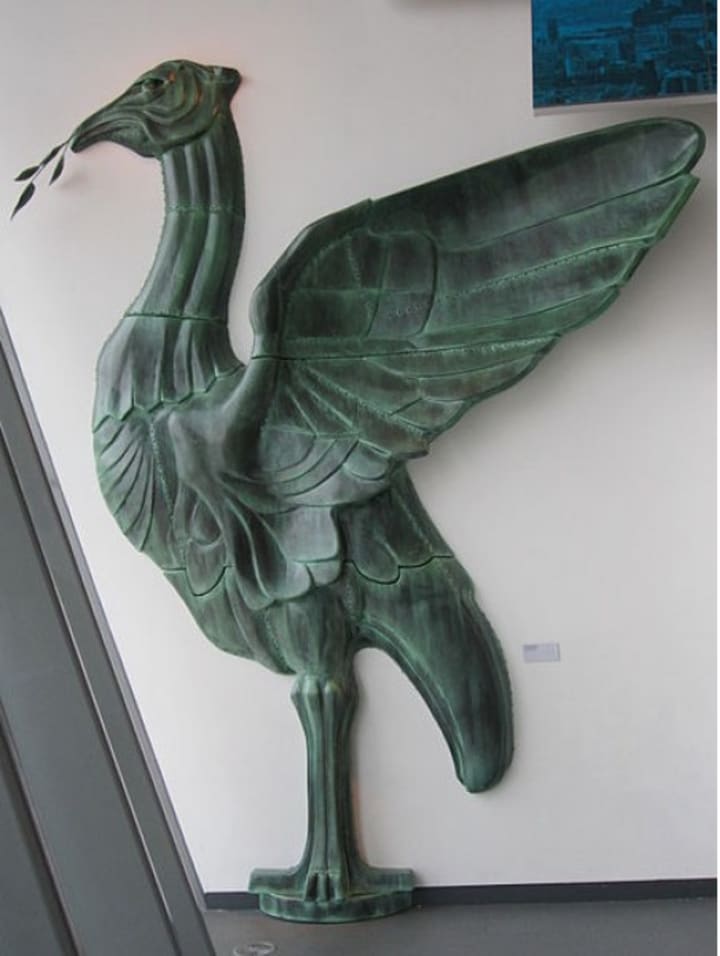
Liver Bird - Liverpool's emblem (based on a comorant)
A Scouser is familiar term for a Liverpudlian (native of Liverpool) derived from a stew made principally of vegetables (Blindscouse).
The "posh" version — Lobscouse — actually contains some meat, usually lamb or beef.
People
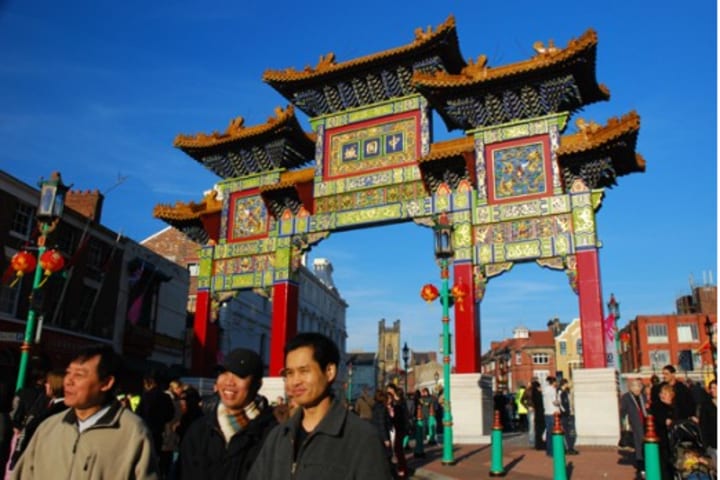
Liverpool has Britain's oldest black community and Europe's oldest Chinese community
Liverpool's greatest asset is its people — a friendly, somewhat eccentric community that deserves a better reputation than the one it currently has (i.e. a bunch of football-mad thieves and drug-takers).
From William Ewart Gladstone to Wayne Rooney (via Beryl Bainbridge and The Beatles), its natives have influenced the world and its culture for centuries.
English, Irish, Welsh, African, Chinese, & More...
Liverpool itself is something of a stew, its people and culture a mixture of Lancastrian, Welsh and Irish, not to mention Scandinavian, French, Chinese, Caribbean, and Somalian. The latter two, who to some extent have inter-married with the "natives," owe their existence to the Slave Trade — the Somalians, in particular, descended from seamen noted for their navigational skills.
Wit
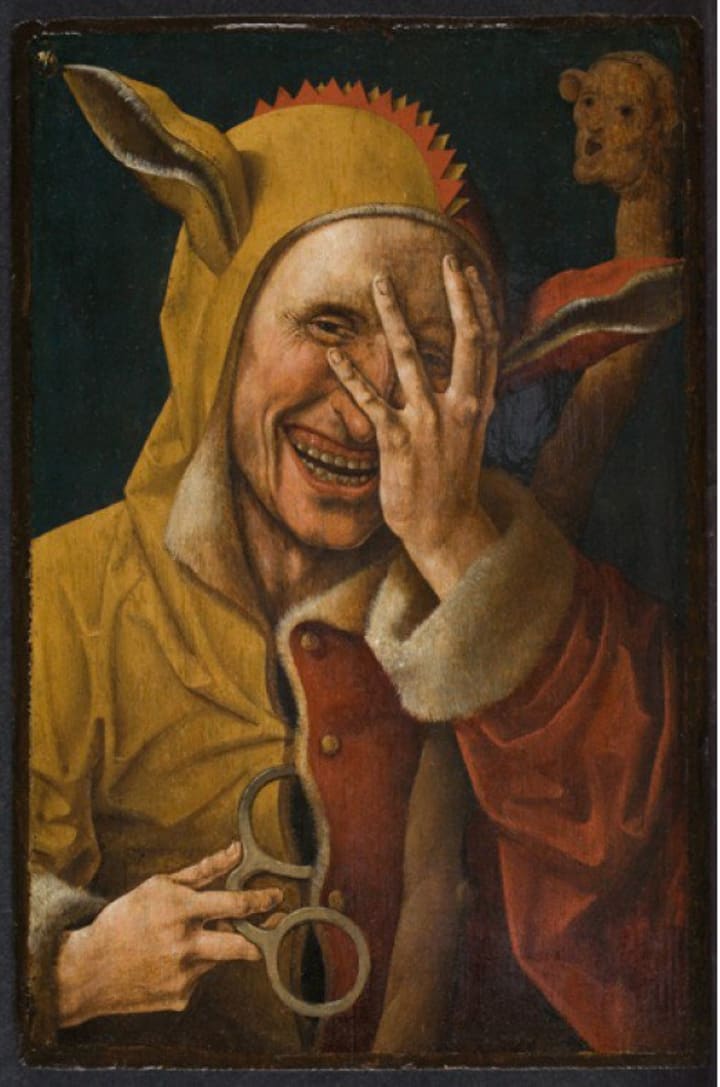
Liverpool is full of comedians, some of them professional! For example, I was having a drink in The Albert when an amateur turned up out of the blue and put on an impromptu performance. I was later told that he often did this, and I have to admit he was very funny.
As for everyone else, they always have at least one joke about their person, often making them up on the spot. My parents were visiting and asked directions to the flats in which I lived.
"No idea la, but if it's flats you're after, we could build you some here," was the unhelpful reply.
On their way back, they got somewhat lost, so my Irish father dared to ask for more directions home.
"Home? What are you talking about la? You're home already!" He was told.
***
Incidentally, as we all know the ladies can't resist a witty man, which means that any young man who wants to make his mark in Liverpool really has to be above par...
***
This is my favourite Scouse joke: A cat walks into a bar and orders a pint.
The barman, shocked, nevertheless serves him.
The cat retreats to a table, drinks his pint and then orders another.
Still a little stunned, the barman dares to make a suggestion: "Listen, la, you know a cat like you could make a fortune in the circus..."
"The circus?" replies the cat, "What would they want with a plasterer?"
The Slave Trade
Liverpool really came into its own with the development of the slave trade; an ignominious beginning, but one that made Liverpool the world's busiest seaport and one of its richest cities.
As one apex of the golden triangle, Liverpool imported cotton that was then transported to Manchester where it was sold on to the numerous mills of the north to be made into cotton goods. These were then re-exported to the rest of the Empire via Liverpool. African slaves would be ferried across the Atlantic to America, where the next cargo would be cotton; and so on.
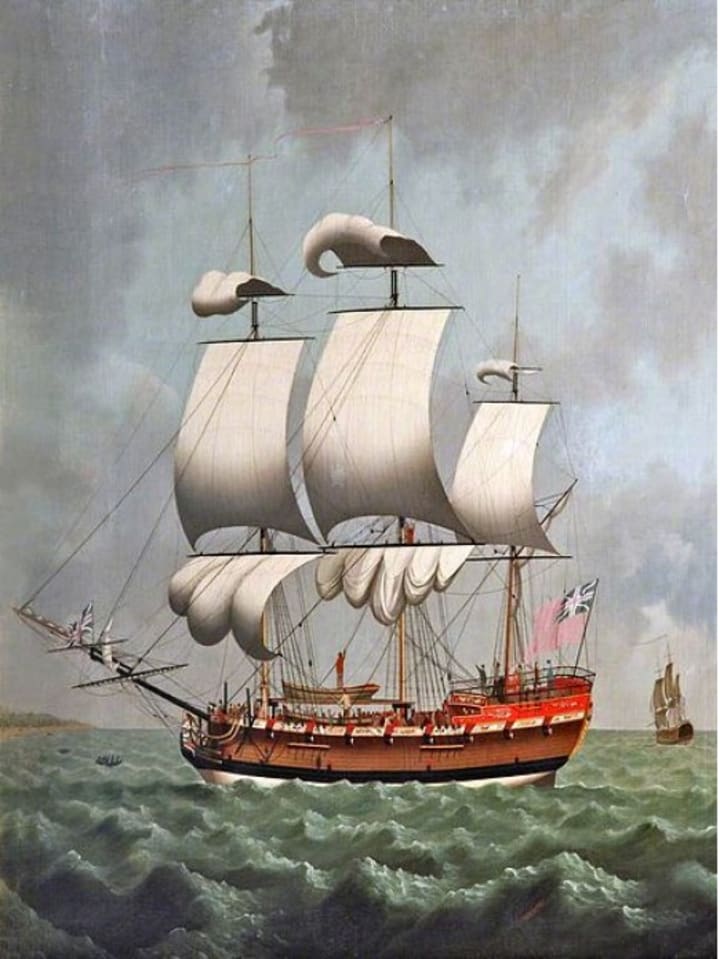
A Liverpool Slave Ship by William Jackson
Liverpool possesses some of Britain's greatest neo-classical architecture, not least the marvelous St George's Hall, situated alongside Waterhouse's magnificent Hotel, the Old Law Courts, the Walker Art Gallery, the Picton Library, and the Museum.
Together, these buildings form a remarkable concentration of public buildings known as the "Culture Quarter" that deserve at least a week's worth of sight-seeing on their own. Personally, ensconced in the Penny Farthing pub with a pint in my hand, I would spend hours just staring at the Corinthian splendour of St George's Hall.
The Walker Art Gallery has its own Biennale and houses many famous and splendid art works, including some notable works by Stubbs, Rembrandt, Poussin, and Degas, as well as modern British artists such as Lucian Freud, David Hockney, and Gilbert and George.
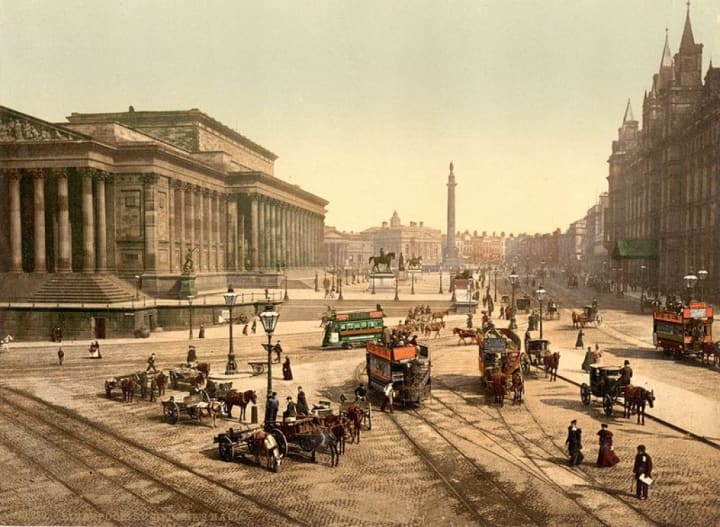
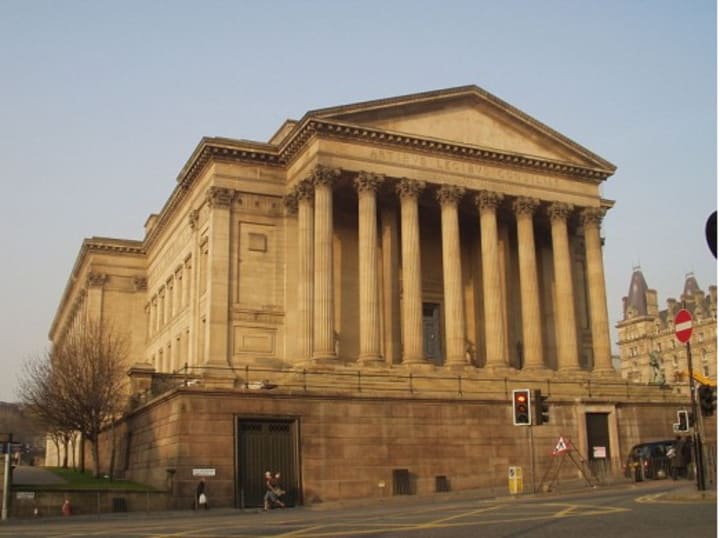
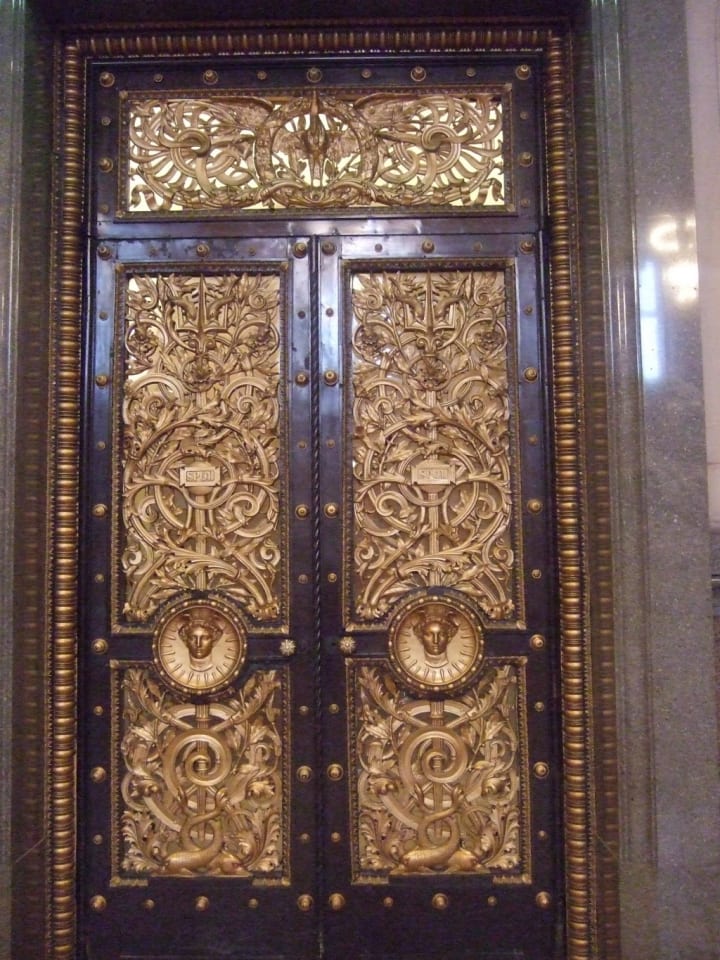
Artists
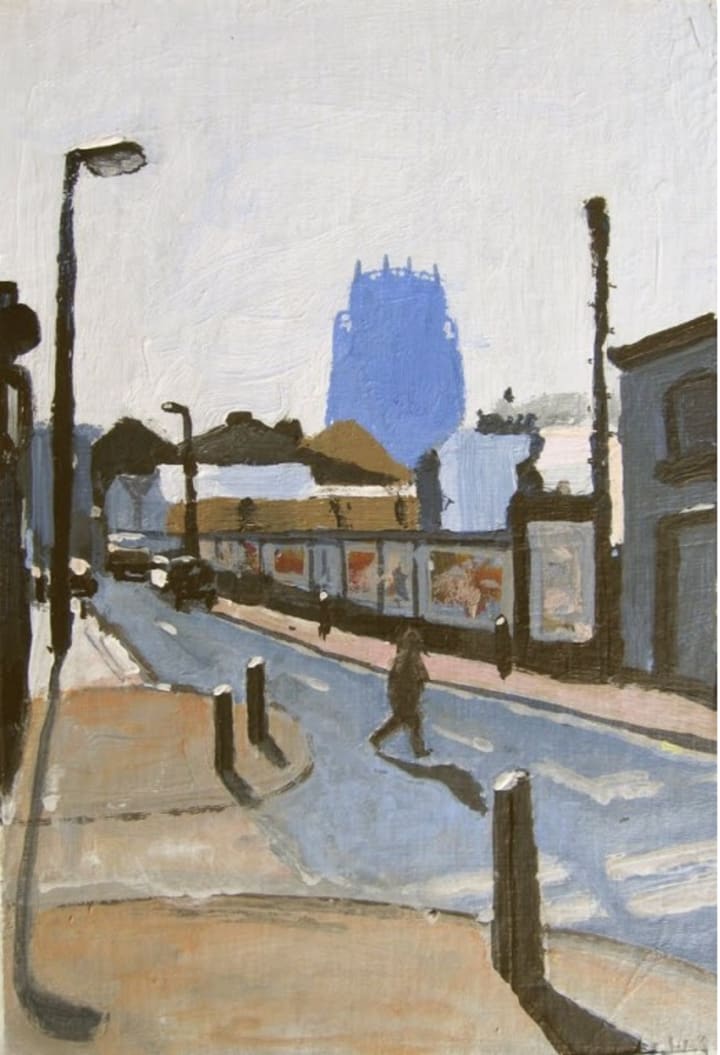
Parr St., Ray Munday
Liverpool is full of artists (not all of them of the "piss" variety). Apart from Stubbs (famous for his horse pictures), there are a number of modern artists whose works deserve to be seen, namely Stuart Sutcliffe, Bob Ward, Dick Young, Ray Munday, John Lennon, and Adrian Henri.
Museums & Galleries
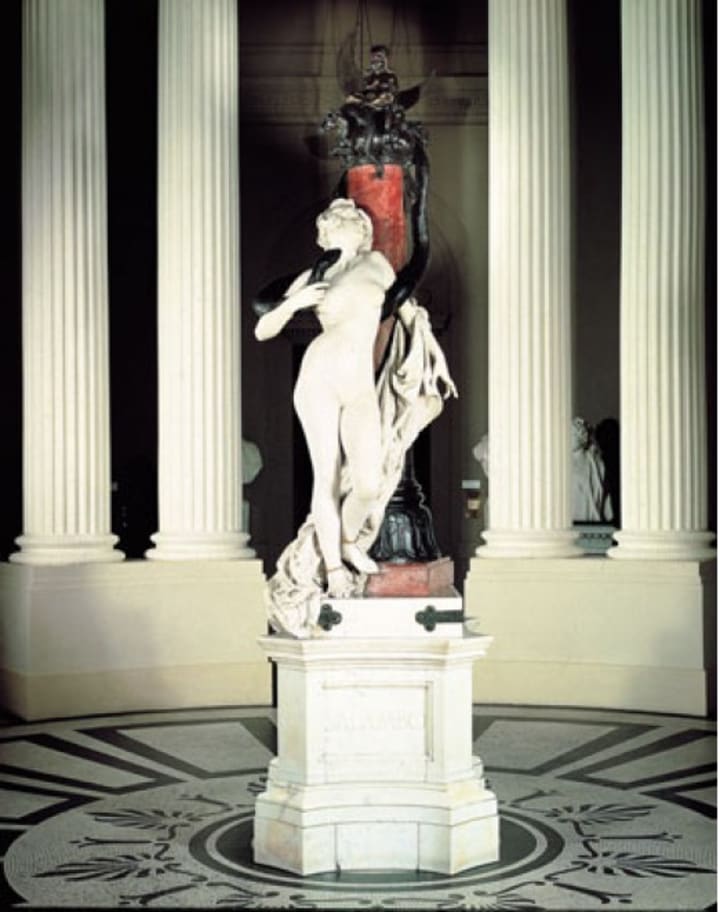
Salammbo' , Maurice Ferrary at The Lady Lever
As well as The Walker, Liverpool and Merseyside have a number of other world-class art galleries, predominant amongst which are the Liverpool Tate and the Lady Lever in Port Sunlight.
The Liverpool Tate in the Albert Dock is an exclusively modern art collection with both up-to-the-minute contemporary and retrospective exhibitions. Very well worth a visit.
The Lady Lever, across the Mersey on the Wirral peninsula, contains one of the world's best collections of Pre-Raphaelite art. Set in the "model" town of Port Sunlight, this is another "must-see."
Liverpool's principal museums consist of:
- World Museum — what you might expect from a standard museum, plus a planetarium!
- Merseyside Maritime Museum — all things maritime
- Seized! The Border and Customs Uncovered — smuggling, etc.
- International Slavery Museum — too obvious to deserve an explanation
- Sudley House — fashion
- Museum of Liverpool — Liverpool and its history
- National Conservation Centre — art, conservation science, and technology
The Royal Liverpool Philharmonic is a world-class orchestra with its own Concert Hall. I once enjoyed its performance of Shostakovitch's 5th Symphony in the Anglican Cathedral (the Philharmonic Hall was undergoing restoration at the time) and if I could repeat the experience, I would.
Otherwise, Liverpool is most famous for its pop and rock bands, not least among them The Beatles, Echo & the Bunnymen, Teardrop Explodes, and The Lightning Seeds. There are plenty of other acts and on a night out a random choice will surely provide some pleasure.
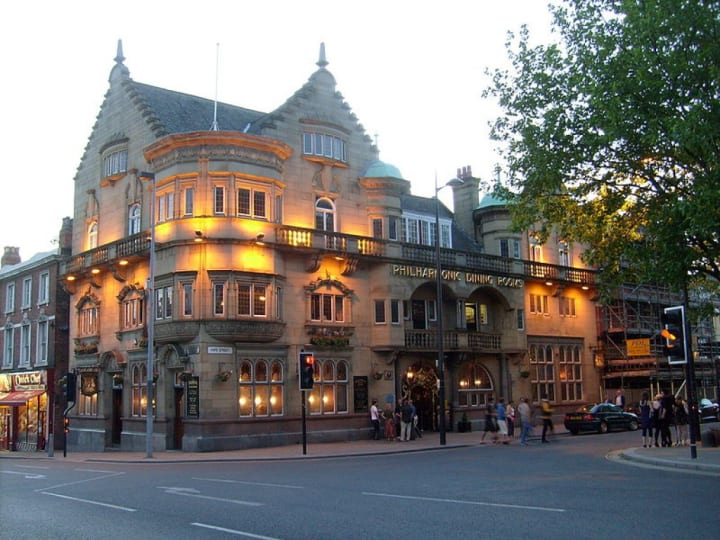
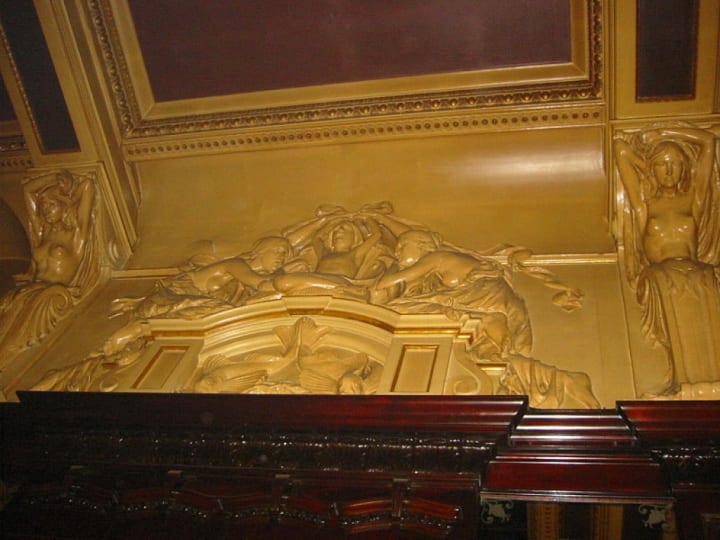
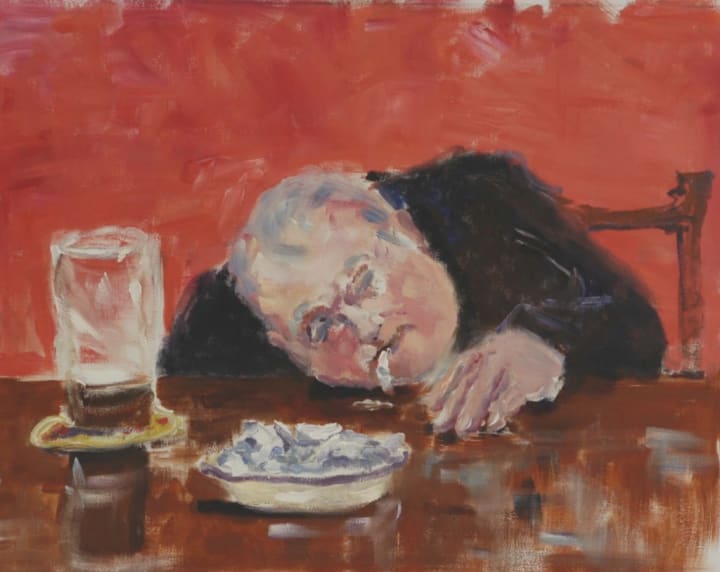
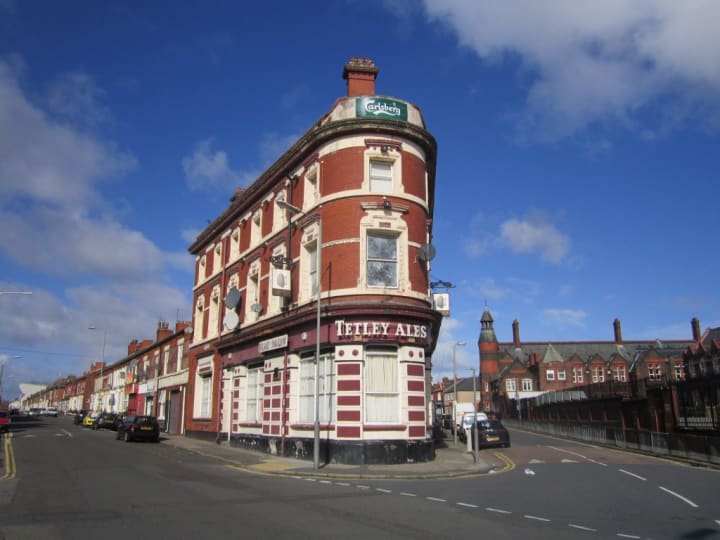
Relgion

Anfield & Liverpool FC from the Anglican Cathedral
Liverpool is a very religious city.
Among the religions practised in Liverpool are: football, joking, singing, drinking and religioning.
The latter divides into two camps — the Orange and the Green (i.e. Protestantism and Catholicism).
Unlike Glasgow and Northern Ireland, the sectarian divide is hardly noticeable, although there are some redoubts where the British National Anthem must or must not be played.
If you happen to be sweltering on the top of a bus stuck behind an Orange Order parade in July, be patient and try to enjoy the spectacle. The Catholic community is not so demonstrative, but it is there.
See here for an up-to-date report on the matter, via The Liverpool Echo (another Liverpudlian institution).
Chuches and Cathedrals
There are four great places of worship in Liverpool.
In alphabetical order: the Anglican Cathedral, Everton Football Club, Liverpool Football Club and the Roman Catholic Cathedral.
The Anglican Cathedral
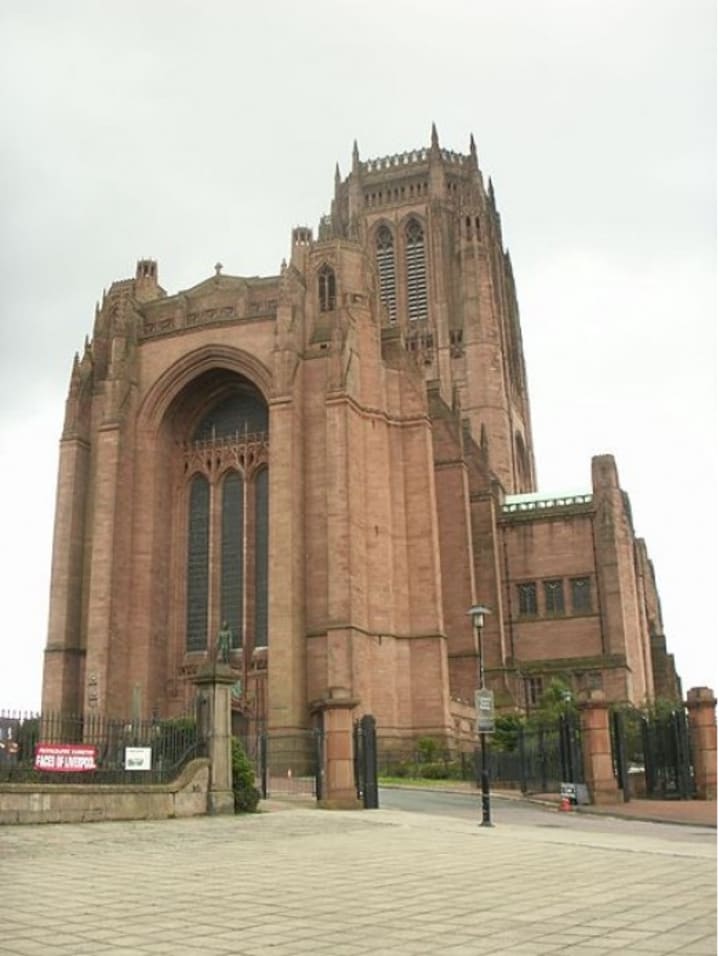
The Cathedral Church of Christ in Liverpool is one of the largest Cathedrals in the world in terms of height, length, and volume, all apparently on purpose, with the architect intent on overawing the visitor with its size.
Originally designed in the Gothic style (a prerequisite of the planning committee) by the 22-year-old Giles Gilbert Scott, (who was not only a Catholic but had no other buildings to his name!), the Cathedral took over 60 years to complete with the foundation stone being laid by King Edward VII in 1904, and completed in 1978.
It is an imposing building made of a local red sandstone that positively glows in the sunshine.
It is a must-see structure.
The Roman Catholic Cathedral
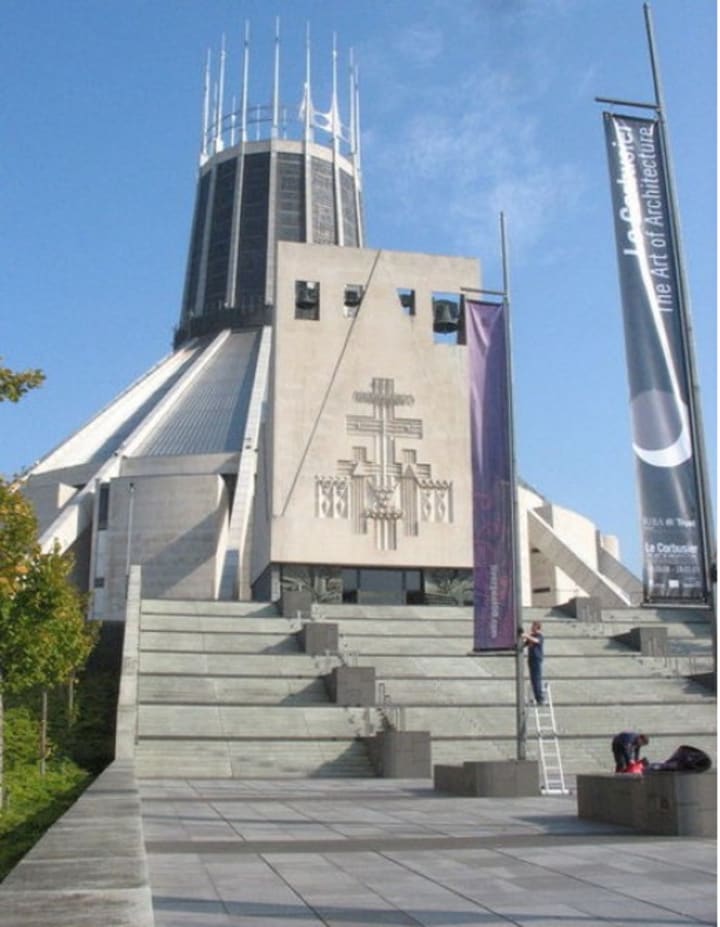
Only half a mile or so down the road from the Anglican Cathedral, the Metropolitan Cathedral of Christ the King is significantly smaller and thoroughly modern in design.
Affectionately known as "Paddy's Wigwam," a scouse friend of mine once suggested that it had been made out of old porridge (it has experienced some structural problems).
Designed by Frederick Gibberd, the Cathedral has three predecessing designs by Edward Welby Pugin (of Houses of Parliament fame), Adrian Gilbert Scott (Gile's brother) and Sir Edwin Lutyens (New Dehli, The Cenotaph and the Memorial to the Missing of the Somme, Thiepval, France). Lutyen's design would have resulted in the world's second largest church and the world's biggest dome. Only the crypt was built.
Begun in 1962 and consecrated in 1967, the Cathedral is concrete with a Portland stone cladding and circular in design.
I found the interior a little disappointing, with the rather brash stained glass lending the inside something of the flavour of a disco. Nevertheless, it is certainly worth visiting.
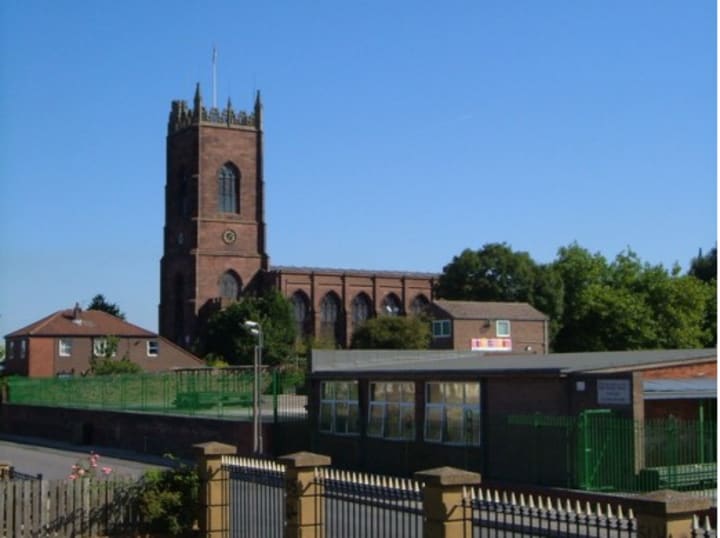
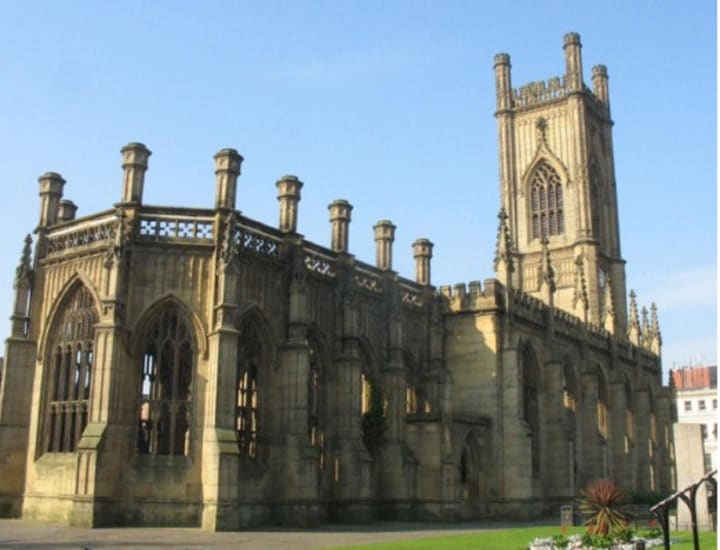
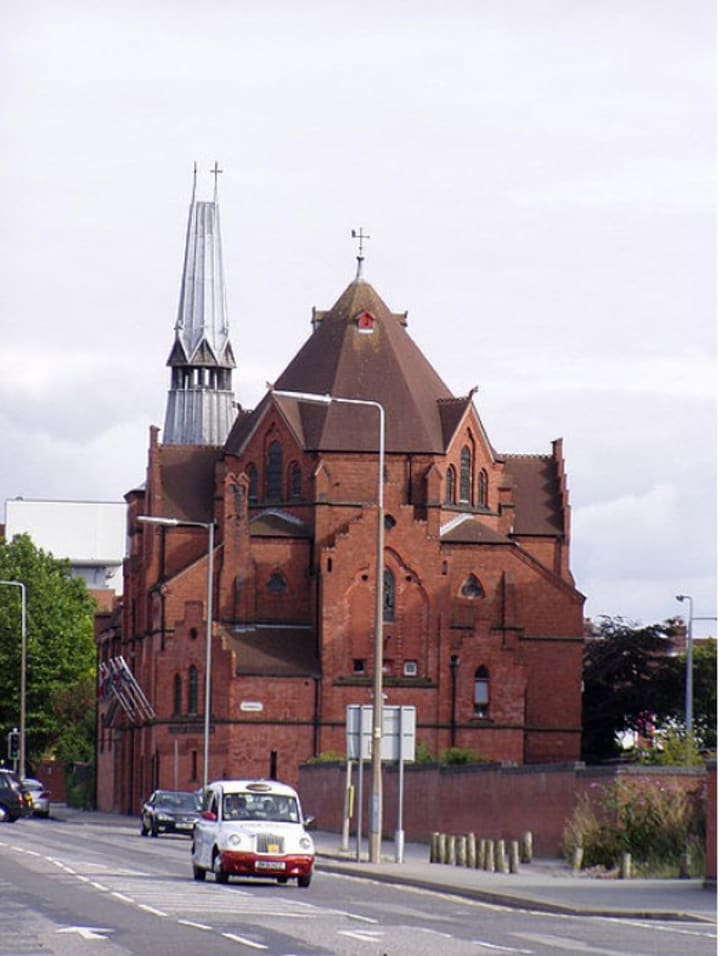
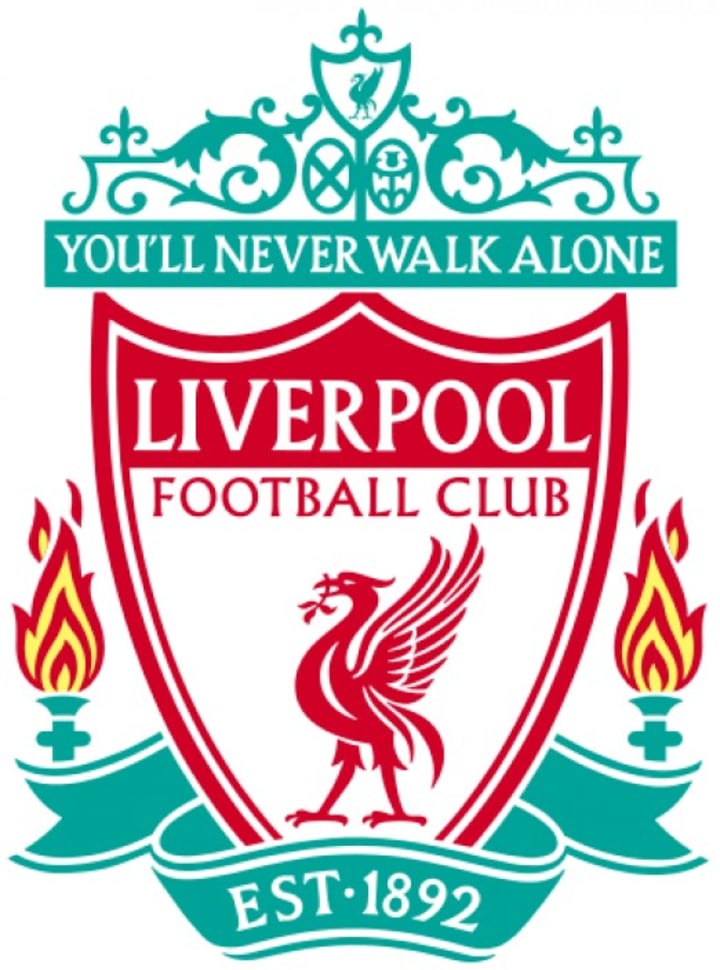
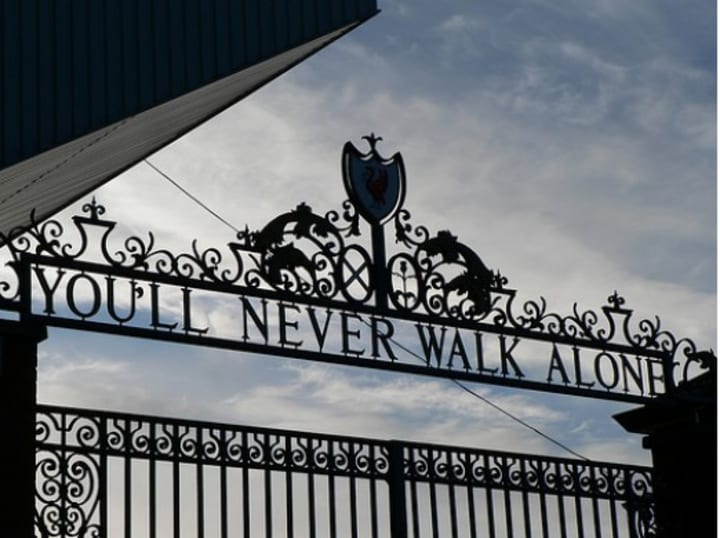
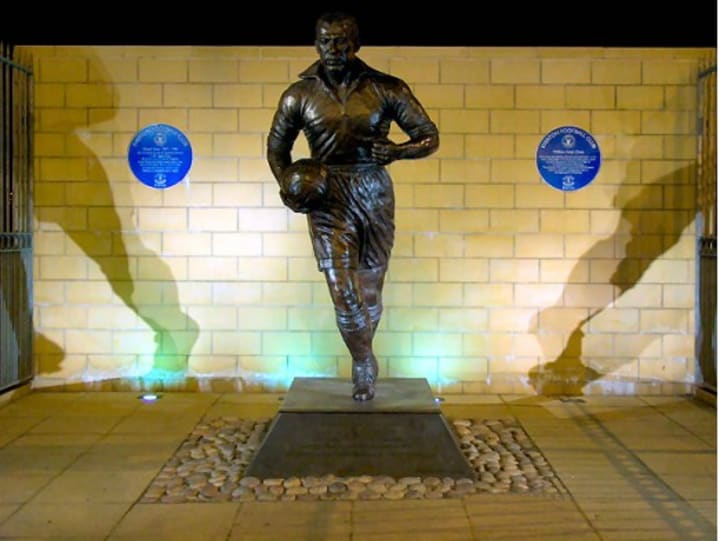
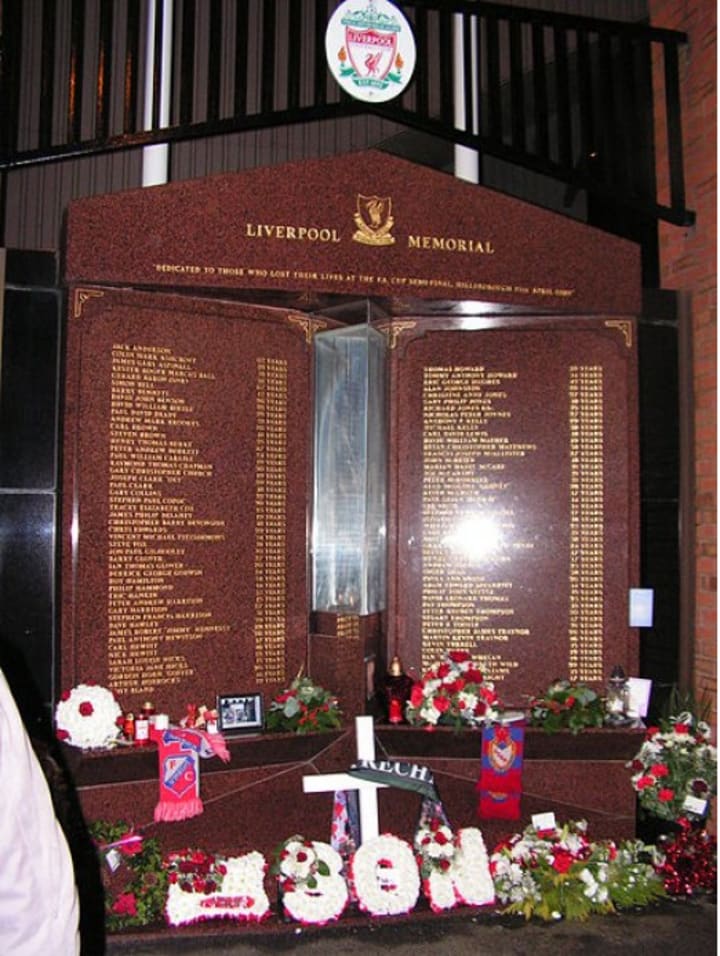
Liverpool FC
Situated in the rather down-at-heel Anfield, Liverpool has a more distinguished history compared with Everton (although the latter is not short of silverware). During the 70s and 80s, they were probably England's greatest club, only recently overtaken by their deadly enemy, Manchester United.
The club has seen more than its fair share of tragedy, it's generally very well-behaved fans causing the disaster at Heysel Stadium and suffering from police incompetence at Sheffield's Hillsborough stadium. Alongside the gates celebrating their greatest manager, Bill Shankly, is a memorial to the 96 Hillsborough victims.
Parks
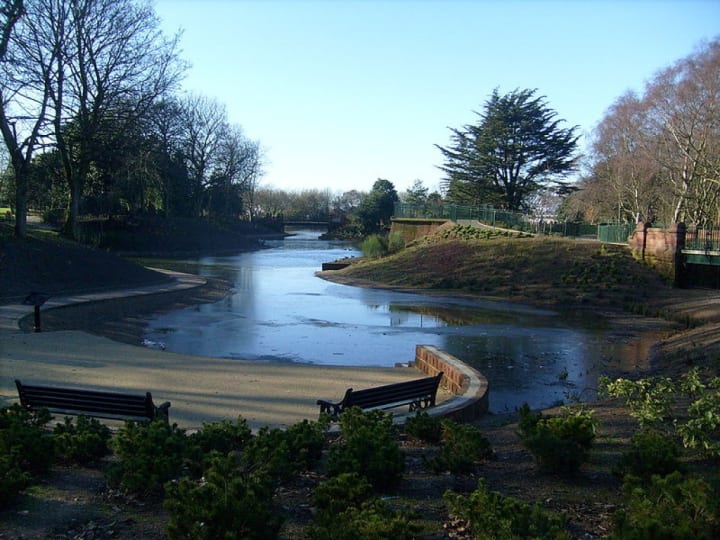
Stanley Park
Liverpool and Birkenhead are blessed with a number of large, public parks dating back to Victorian times and beyond. Birkenhead, Stanley, Sefton, Princes, and Croxteth Park all contain at least one architectural marvel and are a safe place to take the air.
- Birkenhead Park — Birkenhead Park, Birkenhead, Merseyside CH41, UK. Designed by Joseph Paxton, this was the first publicly funded civic park in Britain, and heavily influenced the design of New York's Central Park.
- Stanley Park — Stanley Park, Walton Lane, Liverpool, Merseyside L4 2SL, UK. Situated behind Anfield Road and separating the two football stadia of Everton and Liverpool, the views from its highest point are worth taking in.
- Sefton Park — Sefton Park, Liverpool, Merseyside L8, UK. The park is probably the loveliest in Liverpool, featuring the newly restored Palm House.
- Croxteth Country Park — Croxteth Hall & Country Park, Croxteth Hall Lane, Liverpool, Merseyside L12 0HB, UK. Part of an old country estate, it features Croxteth Hall and some magnificent long-horn cows!
- Princes Park — Princes Park, Ullet Rd, Liverpool, Merseyside L8, UK. Another Paxton design that heavily influenced his plans for Birkenhead Park.
The Liverpool Railway
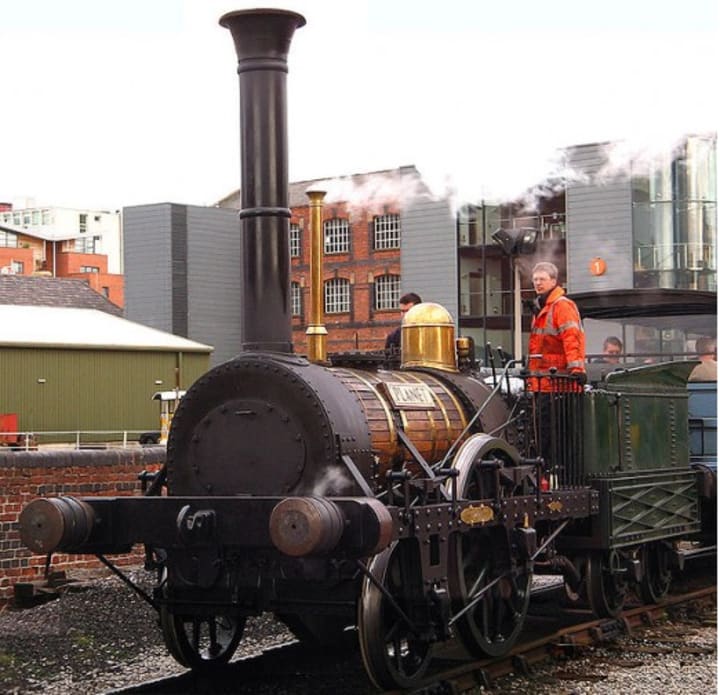
The Planet (Replica)
The twin-track, inter-city, ticketed, and timetabled passenger railway between Liverpool and Manchester was the world's first, and still runs today.
Opened to great fanfare on 15 September 1830, it also featured the world's first passenger railway fatality. Chatting with another passenger, the Duke of Wellington, William Huskisson MP, fell under the wheels of the famous Rocket and was killed.
Among a number of engineering marvels, the line traverses the boggy Chat Moss, a feat only made possible by Robert Stephenson's construction of timber hurdles that were sunk into the bog and support the line to this day.






Comments
There are no comments for this story
Be the first to respond and start the conversation.